Daocheng County
Daocheng county is located in the southwestern edge of Sichuan Province, south of Ganzi. Located in the southeast of the Qinghai Tibet Plateau, the eastern side of Hengduan Mountains. It belongs to the Tibetan Autonomous Prefecture of Ganzi. Daocheng County spans 27 58 29 30 North latitude, 99 56 100 36 East longitude, 174 km north and South longitude, 63 km east and West width, east to Jiulong County, West to Xiangcheng County, north to Litang County, south to Muli Tibetan Autonomous County, and southwest to Diqing Tibetan Autonomous Prefecture of Yunnan Province.
By the end of 2011, Daocheng County had an area of 7,323 square kilometers, covering 12 townships, 2 towns, 2 communities and 124 villages. At the end of 2011, the total population was 32,450, of which more than 96% were Tibetans. In addition, there were Han, Naxi, Hui and Yi nationalities.
In 2011, the total output value of agriculture, forestry, animal husbandry and fishery reached 173 million yuan in Daocheng County, an increase of 26.2% over 2010. The total planting area of the crops is 3560.13 hectares, and the sown area of grain crops is 3143.4 hectares.
In September 25, 2018, the Ministry of Commerce received the honorary title of "e-commerce in 2018 into the rural comprehensive demonstration county".
Daocheng, the ancient name "rice dam". Tibetan means the open valley valley. The Eastern Han Dynasty was the land of the White Wolf and Qiang, the Tang Dynasty was the Tubo, the Yuan Dynasty was the Tubo and other road consolation division, Ming was the Dogan Dusi, Qing was the Litang Tusi. Guangxu thirty-three years (AD 1911) formally approved the establishment of "rice Cheng county", belonging to Kangding Prefecture. "Xikang Tu Jing" records: "Guangxu 33 years, because of the trial planting rice here, so renamed Daocheng County, wish its success. In the twenty-eighth year of the Republic of China (1939), Xikang Province was established, renamed Daocheng County, Xikang Province is the fifth administrative supervision area. December 1950 belongs to Xikang Tibetan Autonomous Region. In 1955, it belonged to Xikang Tibetan Autonomous Prefecture. In 1955, it belonged to Ganzi Tibetan Autonomous Prefecture of Sichuan province.
In 2000, Daocheng County had 1 town and 13 townships: Jinzhu Town, Sangdui Township, Mother Town of the Province, Binhe Township, Salad Township, Julong Township, Deng Bo Township, Mula Township, Chitu Township, Riwa Township, Mengzi Township, Ka Township, Jiga Township, Russian Tooth Township.
In January 25, 2002, the village of renwa was renamed Shangri-La township.
In 2004, Daocheng county administer 1 towns and 13 townships.
On February 10, 2009, the Sichuan Provincial People's Government (No. 6 of Sichuan Civil Administration agreed to remove Shangri-La Township and build a town in Daocheng County. The Shangri-La Township was abolished and a new Shangri-La Town was built. The people's government of the town was stationed in the village of Bayong, and the former Shangri-La Township was under its jurisdiction.
Daocheng County is located in the southwestern edge of Sichuan Province, southwest of Ganzi Prefecture, in the southeastern Qinghai-Tibet Plateau, on the eastern side of the Hengduan Mountains. Daocheng County spans 27?58'-29?30', 99?56'-100?36', 174 km long in the north and 63 km wide in the East and west. East and Jiulong County, West and Xiangcheng County, North Litang County, South and Muli Tibetan Autonomous County, southwest and Yunnan Diqing Tibetan Autonomous Prefecture, an area of 7323 square kilometers.
There are more than 1000 woody plants in Daocheng County, mainly pine, cypress, Chinese fir and oak. The wild Chinese medicinal materials in Daocheng County include Cordyceps militaris, Fritillaria, Astragalus membranaceus, Rhubarb, Gentiana, Snow Lotus, Ganoderma lucidum and Rhodiola. There are 57 species of wild edible fungi. Due to the influence of the special geographical environment of the North-South trending of the mountains and the north-high-south lowland, the temperate flora, the subtropical flora and the Himalayan flora are gathered in Daocheng County.
There are 1118 species of vascular plants in about 121 families, 430 genera, 103 species of ferns in 20 families, 34 genera and 1015 species of seed plants in 101 families, 396 genera in Daocheng County. Among them, the endemic species are: cold-bracted, acute-pointed long-bracted fir, Sichuan-Yunnan cold-bracted, yellow fruit fir, Lijiang fir, oil-wheat suspense, big sequoia, dry cedar, Yunnan oil fir, dried winter melon, wood, order goose palm, flat-core wood, whipping hydrangea, bushes and weaves, Yunnan-Yunnan yellow Ling, celery, leopard flower, etc. There are 8 species of ERON, Bruce fir, Lijiang hemlock, peach seven, star anise, Sichuan peony, golden iron lock and so on.


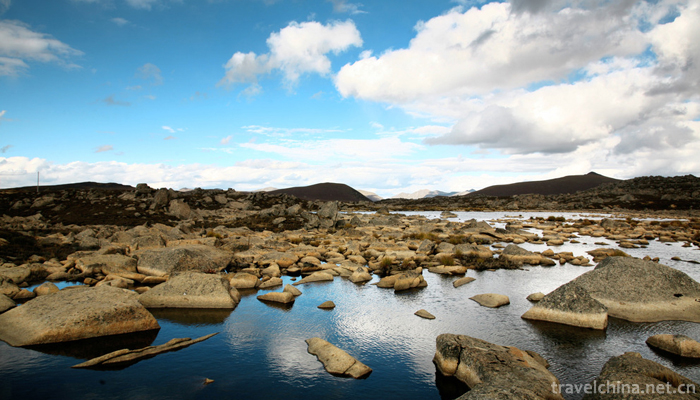
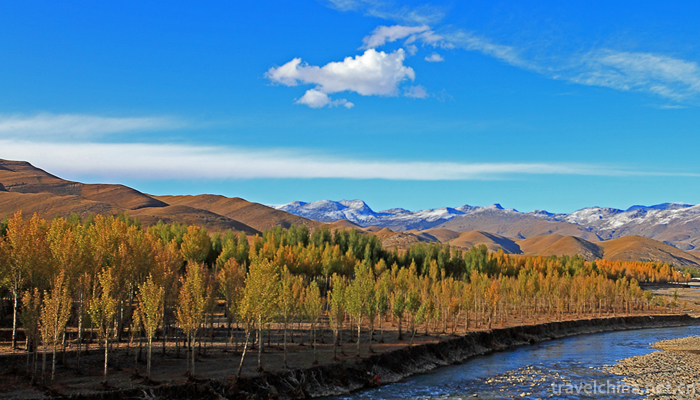

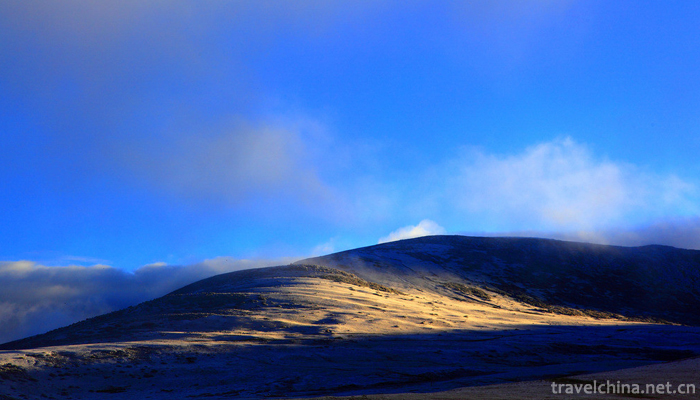


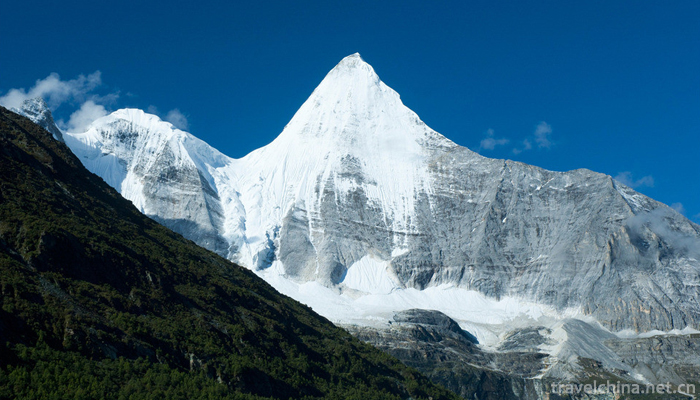





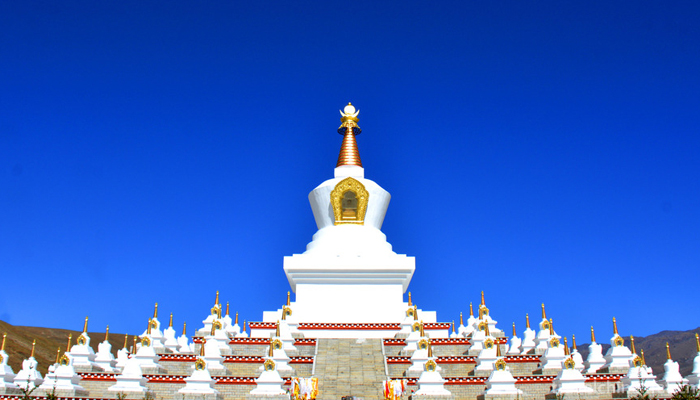
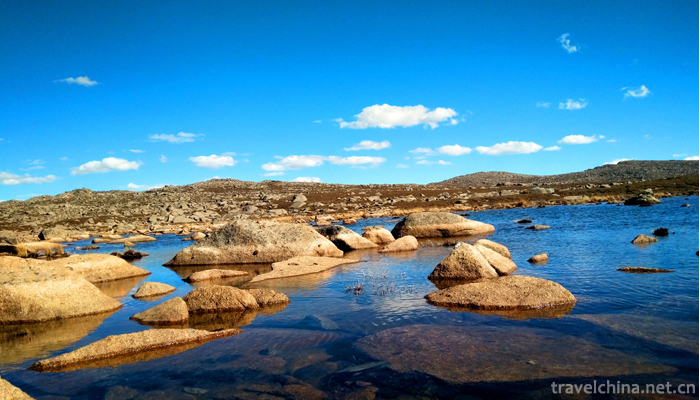



-
1.Five spring mountain
Wuquan Mountain is located at the northern foot of Gaolan Mountain, south of Lanzhou City. It is a famous Longshang resort with a history of more than 2,000 years
Time 2018-12-22 -
2.Daming Palace Site in Changan City of Tang Dynasty
Daming Palace Site is located in Taihua South Road, Xi'an City, Shaanxi Province. It was destroyed in Binggong at the end of Tang Dynasty.
Time 2019-02-13 -
3.Dragon Pen Making Skills of White Shamao
The craftsmanship of the Dragon pen of Baishamao was originated by Chen Baisha, a famous calligrapher. It has a history of more than 500 years. Made of Maotao, a special product of Guifeng Mountain
Time 2019-04-03 -
4.tea and pastries making skills
Tea making skills, Yangzhou City, Jiangsu Province, local traditional handicraft, one of the national intangible cultural heritage.
Time 2019-04-15 -
5.Construction Techniques of Wood Construction of Dong Nationality
Dong's wood construction and construction skills, the traditional architectural skills of Sanjiang Dong Autonomous County, Guangxi Zhuang Autonomous Region, one of the national intangible cultural her
Time 2019-04-28 -
6.Printing and Dyeing Techniques of Liquidambar formosana
Maple fragrance dyeing and production technology, Guizhou Huishui County, Majiang County, local traditional skills, one of the national intangible cultural heritage.
Time 2019-04-29 -
7.Brewing Techniques of Sufu
Sufu brewing technology, the traditional technology of Haidian District, Beijing, is one of the national intangible cultural heritage.
Time 2019-04-30 -
8.Kirgiz embroidery
Kirgiz embroidery is a traditional embroidery in Wensu County, Xinjiang Uygur Autonomous Region, China. Kirgiz women are good at embroidery. They embroider various delicate patterns on headscarves, pi
Time 2019-05-09 -
9.Qinghai Lower String
Qinghai Xixian, which originated in the late Qing Dynasty, is one of the traditional folk arts native to Qinghai. It is a sitting and singing art, singing alone or in pairs.
Time 2019-06-11 -
10.Wunijing Handmade Cotton Textile Technology
Wunijing handmade cotton textile technology has a very long history in China. Cotton and hemp textiles first appeared in the Neolithic Age. The handmade cotton textile technology in the Tang Dynasty w
Time 2019-06-29 -
11.Acupuncture
Acupuncture means that under the guidance of traditional Chinese medicine theory, needles (usually filiform needles) are punctured into patients'bodies at a certain angle, and needling techniques such
Time 2019-07-25 -
12.Zhuokeji chieftains official village
Zhuokeji chieftain's village is located in xisuo village, zhuokeji Town, 7 km away from malkang county. The village was built in 1718 in the reign of Emperor Qianlong of the Qing Dynasty. It was a four story blockhouse. It was destroyed in the fire in 1936. From 1938 to 1940, the Tusi Suo Guanying organized human resources to rebuild it.
Time 2020-11-07